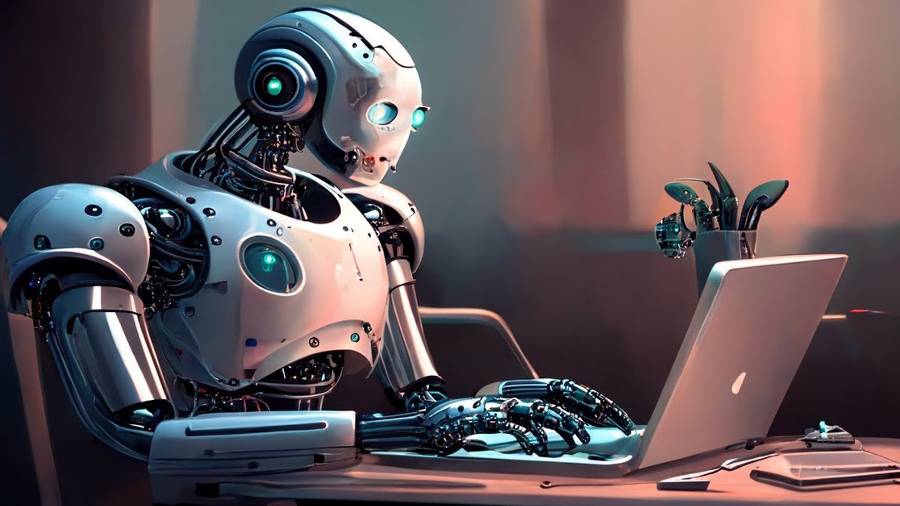
From heavy machine assembly and operation to fast food service and medical care, it appears that artificial intelligence is present in practically every field of labor and will likely compete with human labor.
According to Goldman Sachs, two-thirds of employment in the United States and Europe can be automated to some extent. They also highlight that the application of AI technology can raise worker productivity growth and global GDP by up to 7% over the next ten years.
According to the report, back office and administrative support occupations can be automated at a rate of up to 46%, followed by legal positions (44%), and jobs relevant to architecture and engineering (37%).
Mr. Chris Stokel-Walker, The Guardian’s technology correspondent, stated: “In the United Kingdom, law firms utilize technologies like ChatGPT to prepare fundamental legal papers. People contrast tools. An AI is similar to a firm intern, not as skilled as long-term employees but with a decent understanding of its task.”
When multiplied on a global scale, Goldman Sachs Bank predicts that up to 300 million full-time jobs could be lost to artificial intelligence, with Hong Kong (China), Israel, Japan, Sweden, the United States, and the United Kingdom being the countries and regions most affected by the development of AI in the human resources industry.
However, at a rate of 15% or less, human resources in India, Kenya, Vietnam, mainland China, Nigeria, and Thailand are the least likely to be replaced by AI.
@vtv.vn
